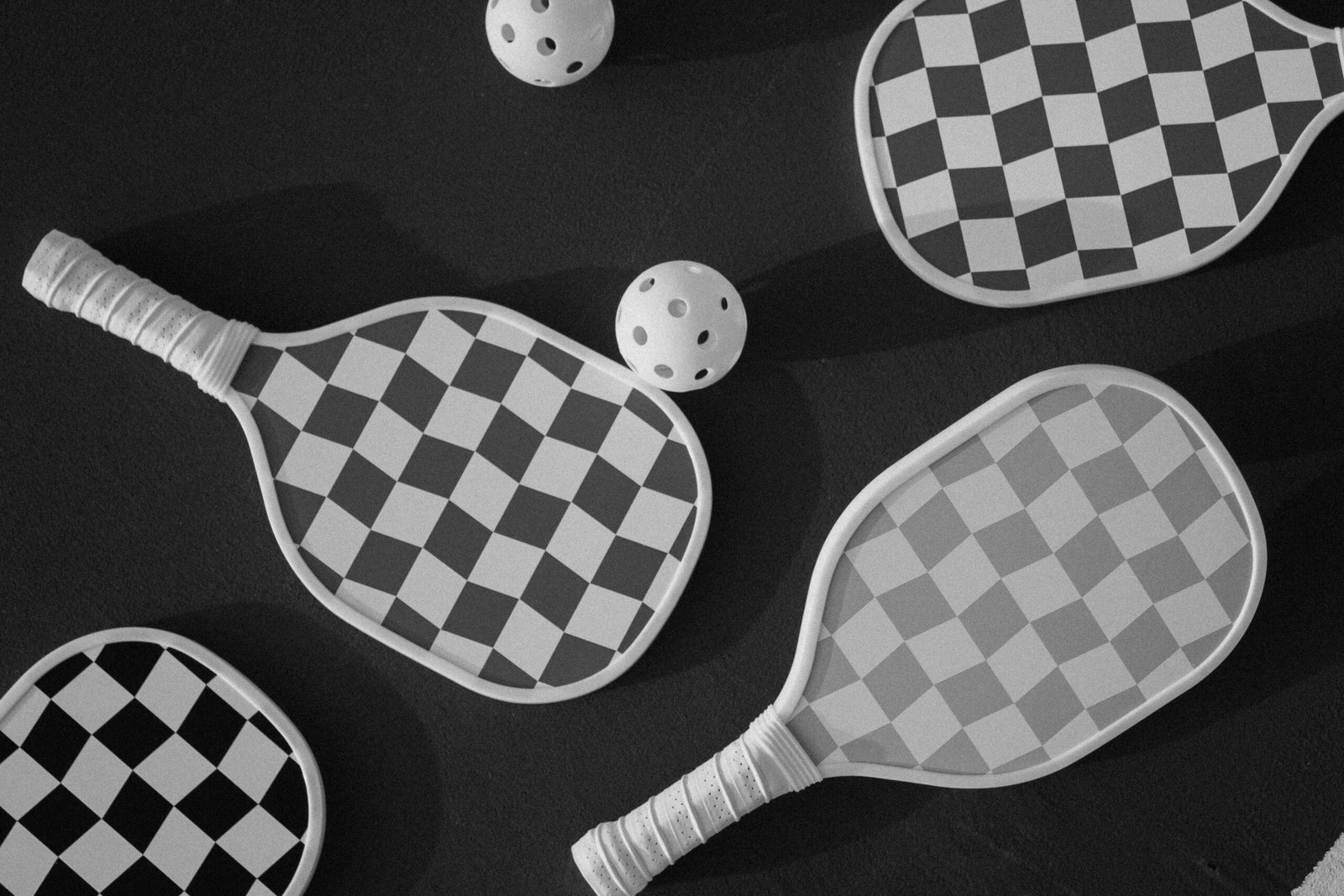Pickleball is easy to learn but challenging to master. Once you understand the basic rules, scoring, and court layout, the next step is learning strategy. Good strategy doesn’t mean hitting the hardest shots – it means playing smart, controlling the court, and making fewer mistakes than your opponent.
This guide covers the fundamental strategies every beginner should know, whether you’re playing singles or doubles. By applying these principles, you’ll not only improve your game but also enjoy longer rallies and more success on the court.
The Importance of Strategy in Pickleball
Unlike some sports that reward pure power, pickleball rewards patience, placement, and consistency. Even beginners can outplay more athletic opponents by using the right tactics. Strategy helps you:
- Control rallies instead of chasing every ball.
- Put opponents under pressure by limiting their shot options.
- Reduce unforced errors by playing with purpose.
- Work better with a doubles partner through smart positioning.
In short, strategy is what turns casual rallies into winning pickleball.
Serving Strategy
The serve in pickleball is underhand, which means it’s not a weapon in the same way it is in tennis. Still, a good serve can give you a strong start to a rally.
Tips for serving:
- Aim for depth – hitting deep into your opponent’s court makes it harder for them to attack.
- Mix up your placement – alternate between targeting the corners and the middle.
- Stay consistent – avoid risky serves that might go out. A missed serve gives your opponent a free point.
While power isn’t the main goal, a well-placed deep serve sets you up to control the point.
Return of Serve Strategy
Returning serve is one of the most important skills for beginners. The key is to get the ball back deep and give yourself time to move forward.
Tips for returning:
- Hit your return deep, ideally to your opponent’s backhand side.
- Aim high enough to clear the net safely.
- After returning, move forward quickly toward the kitchen line to take control of the rally.
A deep return makes it difficult for your opponent to attack, forcing them into a defensive shot.
Positioning Strategy
Court positioning can make or break your game. The strongest position in pickleball is at the non-volley zone line (kitchen line).
- After the serve and return, aim to move up to the kitchen line as quickly as possible.
- In doubles, try to stay side by side with your partner. Gaps between you are opportunities for opponents.
- Avoid “stacking” one player at the net and one at the baseline – it leaves too much space open.
By controlling the kitchen line, you cut off angles and put your opponents under pressure.
Shot Selection Strategy
Beginners often try to win points with power, but pickleball rewards controlled, smart shots.
Key shots to use:
- The dink: A soft shot into the kitchen that forces opponents to hit upward.
- The drive: A harder groundstroke used to test opponents or punish weak returns.
- The lob: A high shot over opponents, useful if they crowd the net.
- The drop shot: A soft, controlled shot that lands just inside the kitchen, helping you move forward.
Mixing up these shots keeps your opponents guessing and prevents them from settling into a rhythm.
Patience and Consistency
One of the biggest beginner mistakes is trying to hit winners too early. Pickleball is often about patience – keeping the ball in play until your opponent makes an error.
- Focus on longer rallies, not quick winners.
- Avoid unforced errors like hitting into the net or out of bounds.
- Wait for the right opportunity before attempting a powerful shot.
Consistency often wins games at beginner and intermediate levels.
Doubles Strategy
Since most pickleball games are played in doubles, teamwork is key.
- Stay side by side with your partner to cover the court evenly.
- Communicate clearly – call “mine” or “yours” to avoid confusion.
- Target the middle of the court. This forces indecision between opponents and reduces your chance of hitting out.
- Support your partner if they are pulled wide – shift over to cover the open court.
Good communication and movement together are often more important than individual skill.
Singles Strategy
Singles is more physically demanding since you cover the entire court. Positioning and shot selection are crucial.
- Serve and return deep to control rallies.
- Recover to the centre of the court after each shot to cut off angles.
- Use lobs and drop shots to move your opponent around.
- Focus on stamina and patience – forcing your opponent to run can win you points.
In singles, your ability to outlast and out-position your opponent often matters more than hitting winners.
Common Beginner Strategy Mistakes
Many beginners lose points because of poor tactics, not lack of skill. Avoid these common errors:
- Hitting too hard when patience would win the rally.
- Staying back at the baseline instead of moving to the kitchen line.
- Overhitting returns and missing easy shots.
- Failing to communicate with a doubles partner.
By recognising these mistakes early, you’ll improve much faster.
Why Strategy Levels the Playing Field
The beauty of pickleball is that smart strategy can beat raw power. A beginner who plays consistently, positions correctly, and works with their partner can defeat more athletic opponents who rely on strength alone.
This is one of the reasons pickleball appeals to such a wide range of ages – it rewards thinking as much as physical ability.
Final Thoughts
Pickleball strategy doesn’t need to be complicated for beginners. Focus on keeping your shots deep, moving up to the kitchen line, staying patient, and working with your partner.
By applying these basic strategies, you’ll instantly raise your level of play and enjoy longer, more competitive rallies. Over time, as you refine your skills, you can develop advanced tactics – but these beginner strategies are the foundation for every great pickleball player.

